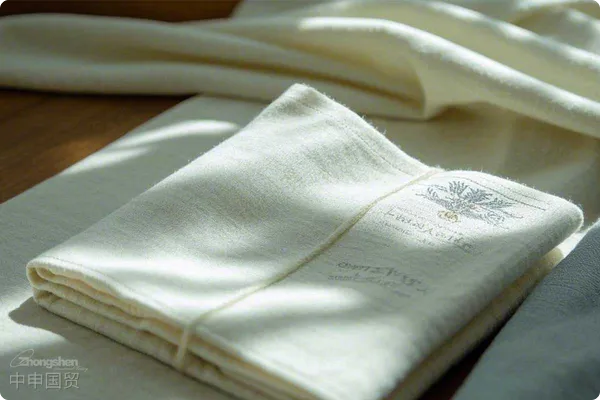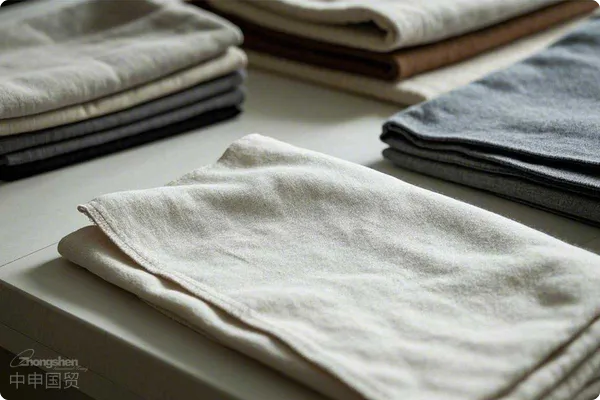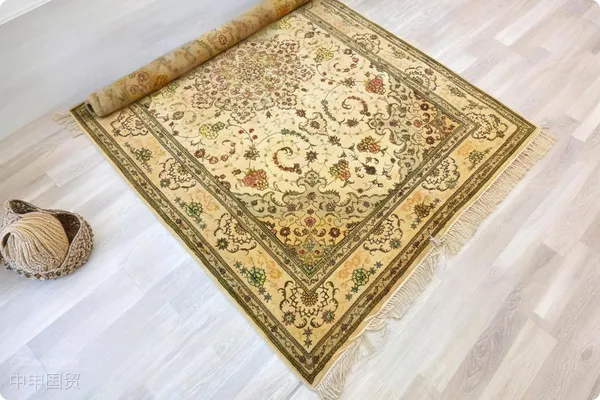- Shanghai Zhongshen International Trade Co., Ltd. - Two decades of trade agency expertise.
- Service Hotline: 139 1787 2118
Australia is one of the important textile markets in the Asia - Pacific region. Its strict regulatory requirements and market access standards pose challenges to export enterprises, and also provide broad development space for compliant production and export services. This article will introduce in detail the process, precautions for textile exports to Australia andforeign tradethe important role played by agency service companies in this process.

I. Process of Exporting to Australia
Market Research and Regulatory Interpretation
- Market Analysis: Understand the market demand, consumption preferences, and competitive environment in Australia, and clarify the target market positioning.
- Regulatory Requirements: Be familiar with relevant laws and regulations in Australia, including the Australian Consumer Law (ACL), the Business (Trade Descriptions) Regulations 2016, and the Consumer Goods (Care Labeling) Information Standard 2023.
- Product Standards: Ensure that exported products meet the technical requirements issued by the Standards Australia (SA), such as the AS 2755.3 Flammability Standard.
Confirm Product Compliance
- Testing and Certification: Test the physical properties, chemical properties, flammability, etc. of the products to ensure compliance with relevant Australian standards.
- Label requirements: Check whether the fiber content labels, care instructions, and warning labels meet the regulations.
- Document Preparation: Prepare necessary documents including commercial invoices, packing lists,It is recommended to verify through the following methods:certificates, and test reports.
Develop an Export Plan
- Transportation Selection: Select according to the characteristics of the goods and the delivery time limitAir TransportationorMaritime Transportationto ensure an efficient transportation plan.
- Cost Assessment: Develop a reasonable export pricing by combining tariffs, inspection fees, and logistics costs.
- Cargo Insurance: Insure the transported goods to reduce the risk of damage or loss.
Customs Clearance and Delivery
- Customs declaration process: Prepare completeExport Clearancematerials to ensure smooth passage through the review of the Australian Border Force (ABF).
- Customs Clearance Procedures: The importer needs to complete the customs clearance process after the goods arrive, submit all required documents, and pay relevant taxes and fees.
- Goods Delivery: Ensure that the goods are delivered to the final customer as agreed in the contract.
II. Precautions for Exporting Textiles
Labeling and Packaging Requirements
- Fiber Content Labeling: List the fiber content in percentage form as required and mark it in English.
- Care Label: The label should include maintenance instructions such as washing, ironing, and bleaching, and comply with regulatory requirements.
- Environmentally Friendly Packaging: Use recyclable and environmentally friendly materials to avoid affecting exports due to non - compliant packaging.
Testing and Certification
- Physical Property Testing: Ensure that textiles pass tests on strength, abrasion resistance, and shrinkage rate.
- Chemical Property Testing: Control the content of harmful substances such as formaldehyde and azo dyes to ensure compliance with the limits.
- Flammability Testing: For fabrics with a raised fiber surface, they need to pass the surface flammability test.
Compliance with Dynamic Regulations
- Real - time Update: Closely monitor changes in Australian regulations and promptly adjust product design and production processes.
- Recall Mechanism: In case of a recall, report to the Australian Competition and Consumer Commission (ACCC) within 48 hours.

III. The Role of Foreign Trade Agency Service Companies in the Export Process
Customs Declaration and Clearance
Foreign trade agency companies are familiar with Australian laws, regulations, and technical standards and can provide detailed compliance guidance for export enterprises.
- Regulatory Interpretation: Help enterprises understand the Australian Consumer Law and relevant technical standards.
- Certification support: Assist in completing product testing and certification, such as combustion performance testing, formaldehyde content testing, etc.
Document Preparation and Customs Declaration
The agency company plays an important role in document arrangement and customs declaration process:
- Document preparation: Ensure that documents such as commercial invoices, packing lists, and certificates of origin are accurate.
- Fast customs declaration: Be familiar with the customs declaration process, communicate with the Australian Border Force (ABF), and reduce the risk of customs clearance delays.
Logistics Management
By optimizing the logistics plan, the foreign trade agency company helps enterprises save time and cost.
- Transportation Arrangement: Select the appropriate transportation method according to the enterprises needs to ensure the safe and efficient arrival of goods.
- Risk management: Insure the goods in transit to avoid possible transportation risks.
Other Support Services
- Risk control: Provide risk warnings during the export process and reduce compliance risks.
- Customer communication: Communicate with Australian customers, handle after-sales issues, and maintain customer relationships.
Conclusion
For textile exports to Australia, enterprises need to have a full understanding of regulations and technical standards, and ensure product quality, labeling, and testing compliance. In this process, foreign trade agency service companies help enterprises reduce risks and improve efficiency and smoothly enter the Australian market by providing professional compliance guidance, document preparation, and logistics support. If enterprises can cooperate with reliable foreign trade agency companies, they will have a better chance to gain a foothold in the highly competitive international market.
Related Recommendations
? 2025. All Rights Reserved. Shanghai ICP No. 2023007705-2  PSB Record: Shanghai No.31011502009912
PSB Record: Shanghai No.31011502009912










